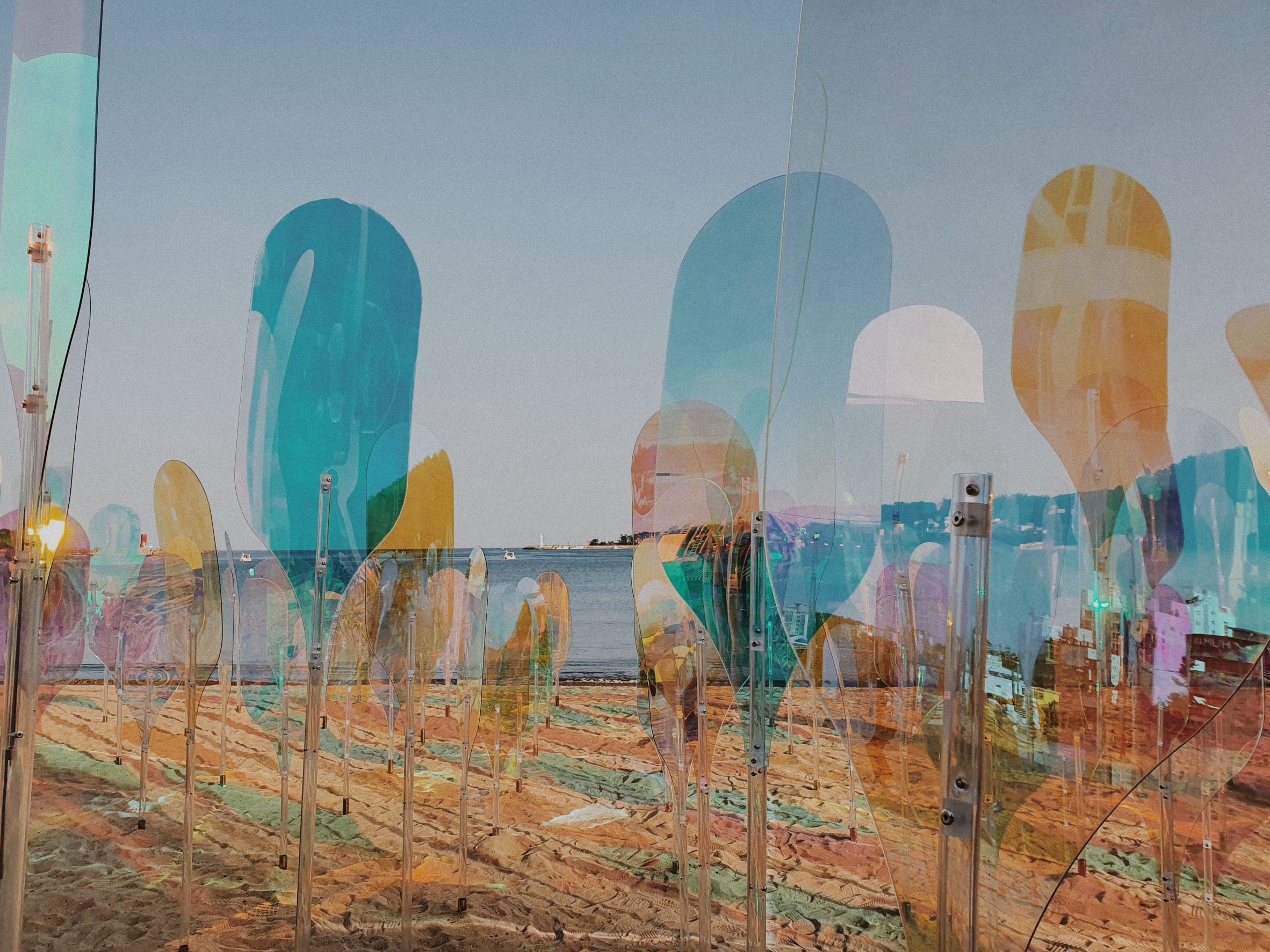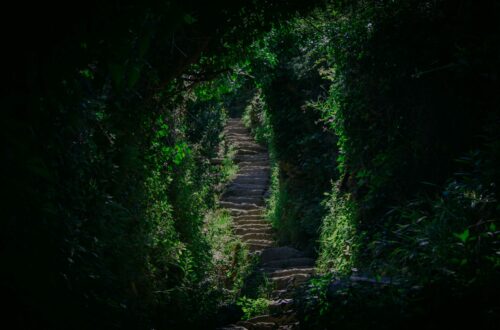
Lucid Dreaming and Dream Yoga
A while back I wrote a handful of articles on death. One of them covered, briefly, the eight stages of death as outlined in The Tibetan Book of the Dead.
At the end, I recommended for those interested in further study to read The Tibetan Book of the Dead and Andrew Holecek’s Dream Yoga.
Following my own advice, I started to re-read Dream Yoga. It struck me a little differently this time. Maybe the articles I had previously written on death heightened my interest in the subject. At any rate, it really resonated with me this time around.
Trying to Have Lucid Dreams Again
I decided to re-read it because I want to start lucid dreaming again. I had quite a few lucid dreams when I was younger, but over the years they have tapered off, though not completely. Occasionally, now, one will just spontaneously pop up, surprising me.
Unfortunately, I haven’t had one for months, maybe even a year. After reengaging with the topic, I have decided to try and cultivate them again.
It does seem that even before I can think of engaging in Dream Yoga, I have to start lucid dreaming again on a regular basis.
Difference Between Lucid Dreaming and Dream Yoga
So, what’s the difference between lucid dreaming and dream yoga?
In lucid dreaming we realize we are dreaming when we are in a dream. This gives us a wonderful feeling of freedom in the dream
In lucid dreams you can indulge all your fantasies and desires. According to Holecek, you can have a great time.
In Lucid Dreaming You Can Manipulate Your Dreamscape
When you get really good at lucid dreaming, you can manipulate and change your dreamscape to whatever you want it to be. This, however, takes practice. That is why it is important to have recurring lucid dreams in which to practice.
I remember in one lucid dream I had a while back. I was standing on a sidewalk near a street corner. I decided I wanted to will a beautiful woman to walk around the corner and come into view. I decided to do a countdown from five to one, and then presto, she would appear. I counted down to from five to one in my dream, and presto, nothing. No beautiful woman emerged around the corner.
Why not? What happened? Holecek says it’s because my unconscious programming was too strong, meaning that even in my dream, this unconscious programming prevented me from making it happen. In my everyday life I would never believe I could create such a scene, so why would I think I could do it in my dreams?
That is why an occasional lucid dream is not enough. We have to have them regularly so we can get in there and practice, eventually overcoming our unconscious programming that tells us we don’t have enough power to manipulate our dreams like that.
Over time, Holecek tells us, we gradually gain more control in our dreams.
On a more practical level, lucid dreams can also be analyzed to gain psychological insights that could be beneficial in our everyday lives.
Notes of Caution On Lucid Dreaming
So, the point about lucid dreams is they are fun and potentially therapeutic, however, Holecek does offer several notes of caution.
He says we must be careful what we do in our dreams. We can garner bad karma if we have bad intentions or actions, meaning we don’t have a complete carte blanche to act as we please in a lucid dream.
Holocek also warns that lucid dreaming can be addicting, and any kind of fixation like that is not psychologically healthy.
In addition, gaining increasing power to manipulate our dreams, can give us inflated egos. That can be a problem, considering that the goal of a spiritual journey is to reduce the power of our ego, not increase it.
However, if we know there is more to life than just indulging our fantasies and desires endlessly, then we will want to look for something more, something to further us along our spiritual path. The ultimate goal is to awaken us, not only from our dreams at night, but also from the dream of our “waking” life during the day.
As the Tibetan Masters put it. We have a first level of waking up when we awaken from our night time dreams into our everyday “real” world. We call it real because it appears solid and continuous. Every morning when we wake up, we are back in the same world.
The Masters say when we become enlightened, we have a second waking up and we realize this everyday world we thought was solid and real, is just a dream also.
Dream Yoga: A Step Beyond Lucid Dreaming
This brings us finally to Dream Yoga which focuses on waking us up from the dream of our “waking” life. This is when we realize that our everyday waking life is as much a dream as our night time dreams are.
Holecek maintains, from his Tibetan teachers, that often when people die, they don’t know they are dead in the same way that when we dream at night we usually don’t know we are dreaming.
So, attaining lucidity in dreams could be helpful in maintaining lucidity when we die.
Here, I am just reporting what I have heard, but have not yet experienced for myself, but it does make some sense. It’s something to at least be aware of if we are preparing for death.
The Differences Summed Up
So the big difference between lucid dreaming and dream yoga is in lucid dreaming we are engaging our desires and fantasies for fun and entertainment, and maybe a little psychological work.
In dream yoga, we can use our dreams to improve and develop ourselves. We can also use them to face fears, deal with difficult situations or people, or even to rehearse for some big event or presentation.
Also, we can meet wise beings who can give us insights into ourselves and our lives, alerting us to the unreality of our existence in our everyday waking world.
Next Article: Softening Up Our Solid World
The point of dream yoga is to push through the illusion of our everyday world. We want to soften up the so-called solid world we think we live in. More on how we might accomplish that next time.
If any of you are on this path and/or are thinking about it, I’d be curious to hear how it’s going and hearing any questions or advice you might have. We can work our way through this together. Happy dreaming!
To learn more about the magic of the universe: Click this link: The Magical Universe.
Photo by Pawel Czerwinski on Unsplash



